Key points
When objects float on water the force keeping the object afloat is called upthrust and this balances the weight of the object.
When something is placed in the water, the water moves out of the way. We say the water is displaced.
For floating objects, the weight of displaced water is equal to the weight of the object.
Watch to find out how to weigh an object without scales
Have a go

Image caption, Click to see a step-by-step slideshow.
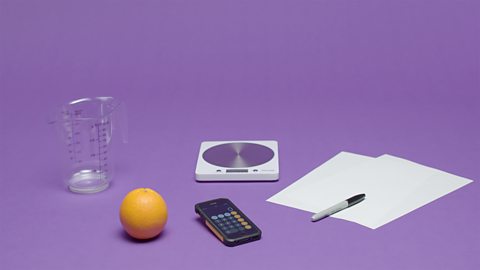
Image caption, WHAT YOU NEED: An apple, orange or lemon (these fruits float), a measuring jug, a pen, paper and a calculator. You may also want a set of scales to check later.
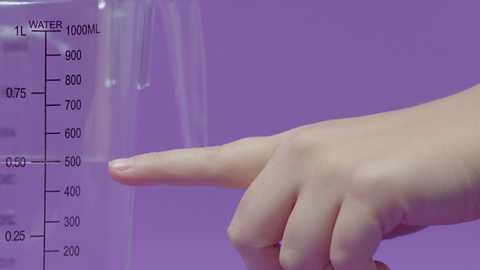
Image caption, STEP 1 - Half fill the jug as close to a mark as you can. Make a note of the measurement in ml.
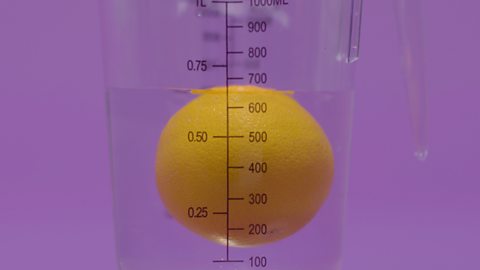
Image caption, STEP 2 - Put your fruit into the jug and wait for it to settle.
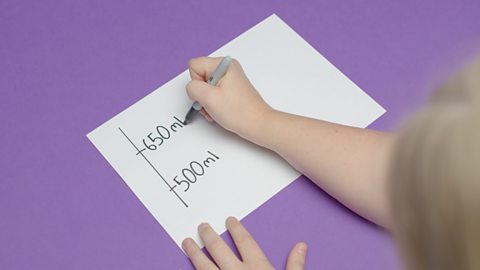
Image caption, STEP 3 - Make a note of the new measurement in ml.
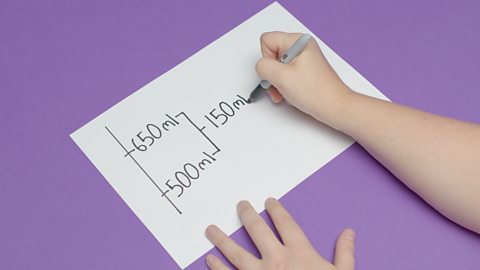
Image caption, STEP 4 - Find the difference between the two measurements you have written down. The difference in volume of water in millilitres is the same as the mass of water in grams.

Image caption, STEP 5 - Take your fruit out of the jug and place it on your scales. The mass should be the same as the difference in volume.
1 of 7
What is upthrust?
When objects float, they push water out of the way. We say the water is displaceTo move something out of the way by taking its place..
The water pushes back with a force we call upthrust.
The water continues to be pushed out of the way until the upthrust equals the weight of the object and the object floats.
Using upthrust to find the weight of an object
If the water that is displaced is weighed, we find it has the same weight as the object that is floating.
GCSE exam dates 2025
Find out everything you need to know about the 2025 GCSE exams including dates, timetables and changes to exams to get your revision in shape.

More on Forces and movement
Find out more by working through a topic
- count16 of 16
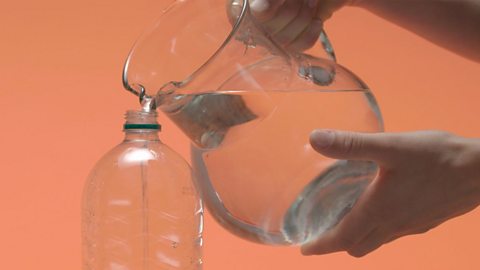
- count1 of 16
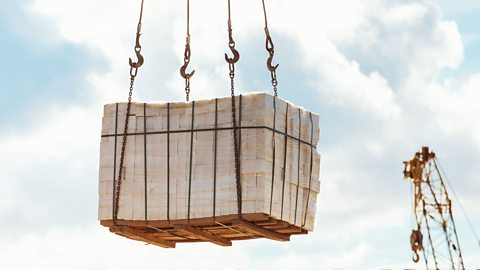
- count2 of 16
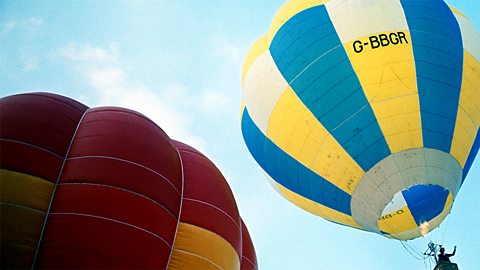
- count3 of 16
